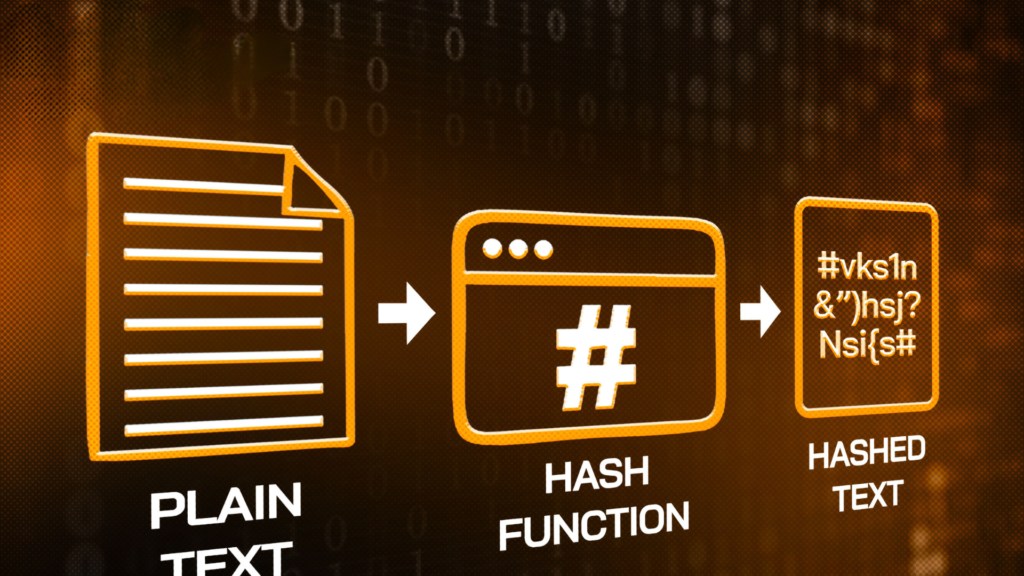Summary
Blockchain is one of the most transformative technologies of the 21st century. While often associated with cryptocurrencies like Bitcoin, its real potential goes far beyond digital currencies. This decentralized, secure, and transparent system has begun to reshape industries from finance to supply chains, healthcare, and beyond.
In this article, we’ll break down what blockchain is, how it works, and why it’s become a foundational technology for the future of data and value exchange.

🔗 What Is Blockchain?
At its core, a blockchain is a distributed digital ledger that records transactions in a secure and transparent manner. Rather than relying on a single central authority (like a bank or government), it operates across a network of computers (nodes) that verify and store data.
Each record, or “block,” contains a list of transactions and is cryptographically linked to the previous one — forming a chain. Once added, data cannot be altered without the consensus of the network, making it incredibly secure.

🛠️ How Does Blockchain Work?
Here’s a simplified explanation of how it functions:
- A transaction is initiated: This could be anything from sending cryptocurrency to updating a land registry.
- The transaction is broadcast to a network of computers.
- The network validates the transaction using consensus mechanisms such as Proof of Work or Proof of Stake.
- Once verified, the transaction is combined with others into a block.
- The new block is added to the existing chain in a permanent, immutable way.
- The transaction is complete, and the data is visible to all participants.

🧱 Key Features of Blockchain
✅ Decentralization
No single party controls the data. This makes it resistant to censorship, manipulation, or failure due to a central point of attack.
✅ Transparency
Every transaction on a Distributed ledger is visible to all participants. This fosters trust and reduces fraud in many sectors.
✅ Immutability
Once a record is added to the chain, it cannot be changed or deleted, making the data highly reliable.
✅ Security
Blockchain uses advanced cryptographic algorithms to protect data, making it extremely difficult for hackers to tamper with information.
🌍 Real-World Applications
While the technology rose to fame through cryptocurrency, its use cases extend across many domains:
💰 Finance
Decentralized finance (DeFi) has exploded in popularity, allowing users to lend, borrow, and trade without traditional intermediaries.
🏥 Healthcare
Patient records stored onDistributed ledger systems ensure accuracy, privacy, and easy access across institutions.
🚚 Supply Chain
The transparent nature of blockchain helps track goods in real time, preventing counterfeiting and improving logistics.
🎨 Digital Ownership
With the rise of NFTs (non-fungible tokens), creators can secure ownership and verify the authenticity of digital art and media.
⛓️ Different Types of Blockchain
There’s no one-size-fits-all solution. Blockchain technology comes in several forms:
- Public: Open to everyone (e.g., Bitcoin, Ethereum)
- Private: Controlled by a single entity (e.g., internal corporate chains)
- Consortium: Shared among several organizations (e.g., banking alliances)
Each type has its pros and cons, depending on the use case.

🔮 The Future of Blockchain in 2025 and Beyond
As we move further into the digital age, the importance of trust, data integrity, and decentralization will continue to grow. Governments, corporations, and startups are all investing heavily in blockchain infrastructure to stay ahead of the curve.
Some expected trends include:
- Increased regulation to ensure consumer protection
- Interoperability between different blockchain platforms
- Green solutions to reduce environmental impact of mining
- Widespread enterprise adoption for document verification, digital identity, and contract automation

📚 Final Thoughts
The rise of blockchain is not just a tech trend — it’s a paradigm shift. As more sectors discover the benefits of decentralized, tamper-proof systems, we can expect wider adoption and innovation. Whether you’re an investor, developer, business owner, or simply a curious observer, understanding this technology is no longer optional — it’s essential.
If 2024 was the year blockchain gained stability, then 2025 may be the year it becomes truly mainstream.
Read more: Quarterly Options Expiry Challenges Bitcoin and Ethereum with Over $14 Billion at Risk



